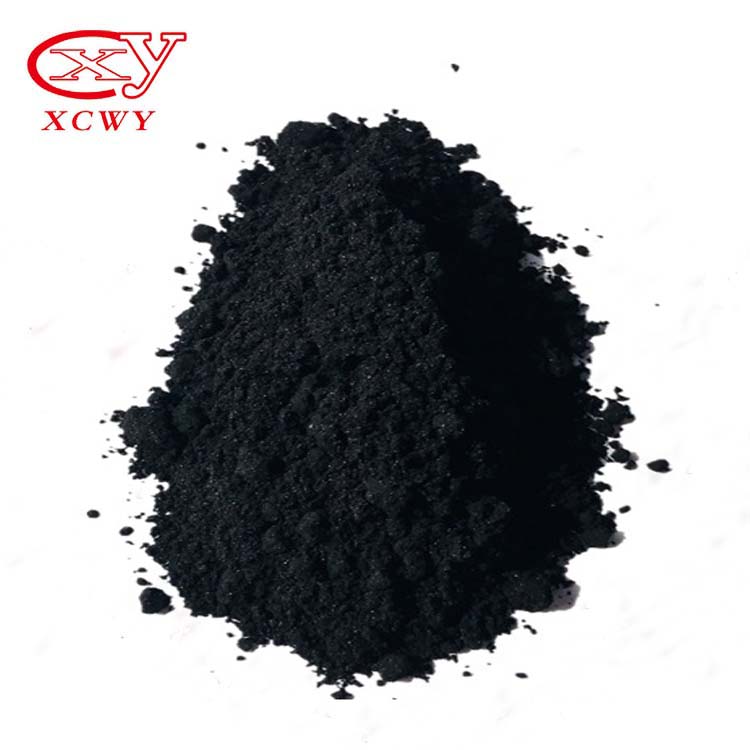
And while it’s true that it does look different, the images aren’t fake! Some people would say the colors in the Hubble image are fake, because the image doesn’t reflect what it would look like to the human eye. Image credit: Wikipedia-User Gringer, Public Domain Aren’t most color images fake then?

A linear representation of the visible light spectrum. Since we can’t see ultraviolet or infrared light, any mapping of those wavelengths to one of the channels in a digital image will always result in an image that looks different from what you would see with your naked eyes. Aside from filters used to take images in the visible part of the spectrum many telescopes can also take images in the ultraviolet and infrared part of the spectrum. The image below is showing a linear representation of the visible light spectrum. That is, if you had super-vision, sensitive enough to see colors at all. As you can see these three wavelengths are within the color range of the channel they are mapped to and therefore - when combined - result in an image close to what you could see with your naked eyes. The MPG/ESO 2.2-meter telescope image used filters with wavelengths of 651 nm, 539 nm and 451 nm and mapped the images to the red, green and blue channel.

The resulting color image is stunning and beautiful but not like what you would see with your naked eyes. And while 673 nm is indeed a reddish color mapped to the red channel, they mapped 657 nm, another reddish color, to the green channel and 502 nm, a greenish color to the blue channel. The Hubble Space Telescope image used filters with wavelengths of 673 nm, 657 nm and 502 nm and mapped these images to the red, green, and blue channel. With “super-vision” – ESO CC BY 4.0 / Edited by Pierre Markuseīut if we would have super-sensitive color vision, the “ Pillars of Creation” would look more like the MPG/ESO 2.2-meter telescope image to our naked eyes. Some objects are just too faint to trigger the cones in the eyes ( the photoreceptor cells responsible for color vision) leaving us with a monochromatic view generated by the rods, which are far more sensitive, and triggered by less light. In most cases deep space objects seem very faint because of their great distances to Earth, and since our eyes (unlike a camera) cannot change the exposure time to gather more light over a longer period of time, colors are usually not very saturated, if visible to the naked eye at all. But how would the object look like to the naked eye? The color of the text more or less represents the color of the light mapped to the channel. In the image you can see both versions of the “ Pillars of Creation” and below them the monochromatic images used for each channel. The images taken by those two telescopes used filters for different wavelengths, so after being combined the resulting images of course do look different, although they are images of the same object. Those monochromatic images were then assigned ( mapped) to one of the three color channels in a digital image ( red, green, and blue), which, combined, result in a color image. But how is that possible? Image credits: Upper left: NASA, ESA, and the Hubble Heritage Team (STScI/AURA) / Upper right: ESO CC BY 4.0 / Edited by Pierre Markuse How we get colorīoth images are actually composite images made from three monochromatic images taken through filters for different wavelengths.

As you can see, the colors are quite different. The image on the left was taken by the Hubble Space Telescope, the image on the right by the MPG/ESO 2.2-meter telescope. Have a look at these images of the famous “ Pillars of Creation” in the Eagle Nebula (M16, NGC 6611). Why is that the case? I see your true colors shining through… Oftentimes those images are very colorful, but sometimes images of the same object look very different. You have probably seen many stunning and spectacular images of objects in spac e galaxies, star clusters, supernova remnants, different nebulae, and many, many more. By Pierre Markuse Why do objects in space sometimes have different colors in different images?


 0 kommentar(er)
0 kommentar(er)
